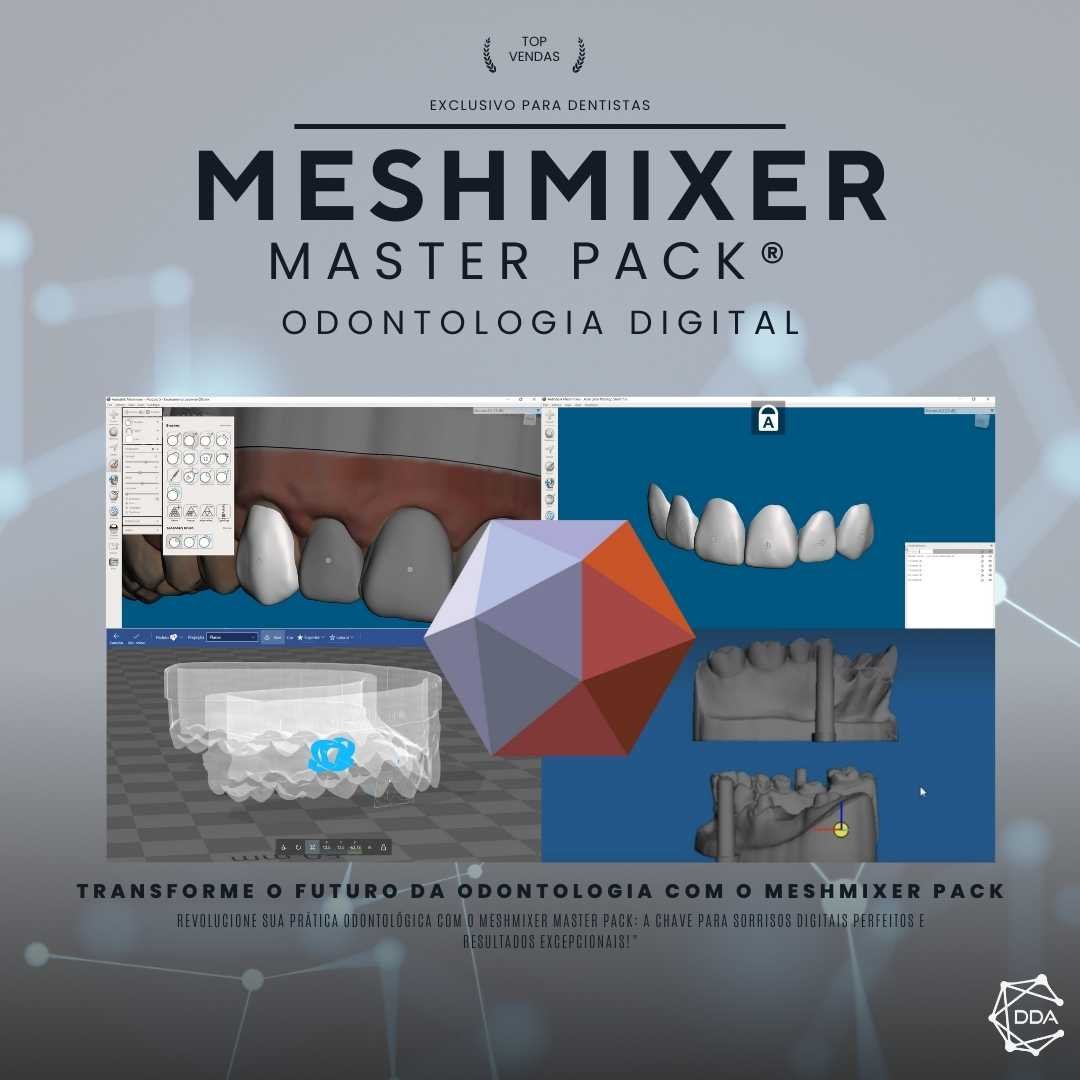What is CAD (Computer-Aided Design)
CAD (Computer-Aided Design) is a technology that has revolutionized the way projects and drawings are created and developed. Using specialized software, CAD allows designers, engineers and architects to create three-dimensional virtual models of products, buildings and structures, facilitating the design, analysis and documentation process.
How CAD works
CAD uses advanced algorithms and techniques to create accurate digital representations of physical objects. CAD software has an intuitive interface where users can draw and model objects in a virtual environment. These objects can be viewed from different perspectives, rotated and manipulated for better understanding and analysis.
Models created in CAD are made up of geometric elements, such as lines, points and curves, which are defined by mathematical coordinates. These elements can be modified and adjusted quickly and accurately, allowing designers to experiment with different design options and visualize the result in real time.
CAD Applications
CAD is widely used in various areas, such as architecture, civil engineering, mechanical engineering, product design, interior design, among others. With CAD, it is possible to create detailed designs of buildings, machines, industrial parts, furniture, among other objects.
In the field of architecture, CAD allows architects to create virtual models of buildings, making it easier to view the project from different angles and perspectives. In addition, CAD also helps in the creation of floor plans, elevations, sections and construction details, speeding up the documentation process and communication with other professionals involved in the project.
In civil engineering, CAD is used to create three-dimensional models of structures such as bridges, overpasses, and highways. These models allow engineers to analyze the strength and behavior of these structures, identifying potential problems and optimizing the design before physical construction.
Advantages of CAD
The use of CAD brings several advantages to professionals working with design and projects. Some of the main advantages of CAD include:
1. Precision and accuracy
CAD allows you to create precise and accurate models, ensuring that measurements and proportions are correct. This prevents errors and rework, saving time and resources.
2. Speed and efficiency
With CAD, you can create and modify designs quickly and efficiently. The software’s advanced tools allow designers to perform complex tasks in a simplified way, streamlining the design process.
3. Visualization and communication
CAD allows you to view the project from different perspectives, facilitating communication with others involved in the project. In addition, it is possible to create realistic animations and renderings, which help to convey the idea of the project in a clearer and more impactful way.
4. Collaboration and sharing
With CAD, you can share your designs quickly and easily. Files can be sent via email, shared in the cloud, or printed in hard copy. This makes it easier for team members to collaborate and allows clients to view and review the design before it’s completed.
Conclusion
CAD is a powerful and indispensable tool for professionals working in design and projects. With its ability to create precise and accurate virtual models, CAD facilitates the design, analysis and documentation process, making it more efficient and effective. Whether in architecture, civil engineering or product design, CAD offers numerous advantages and benefits, contributing to the creation of high-quality projects.

